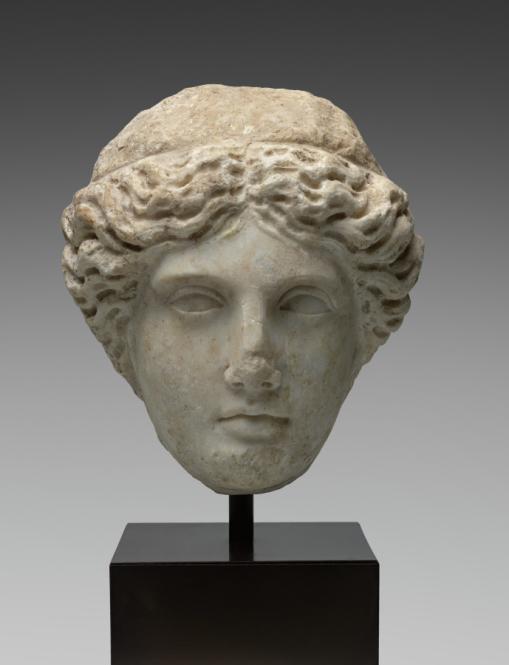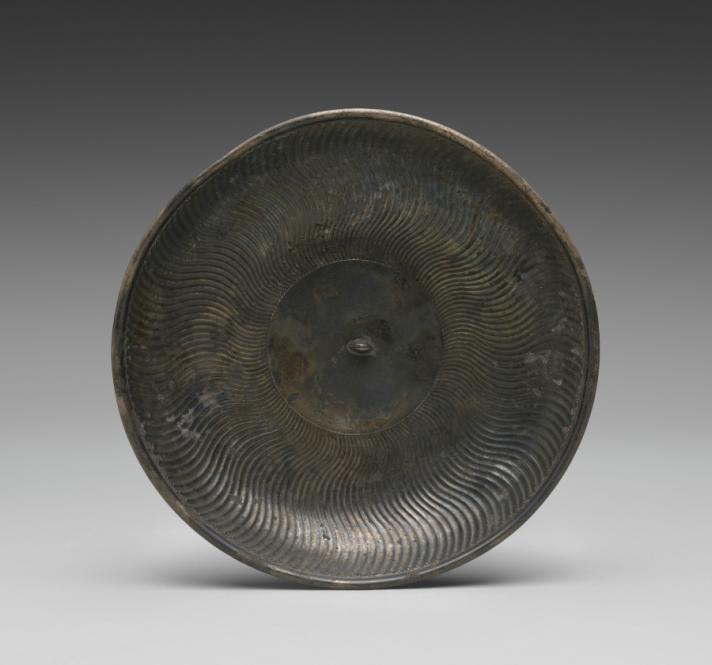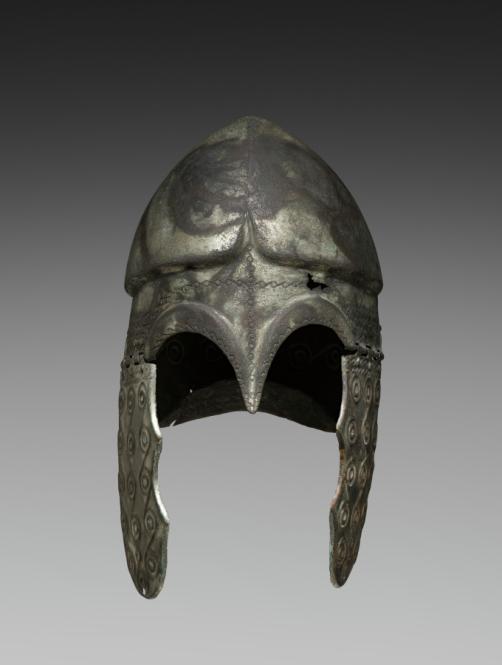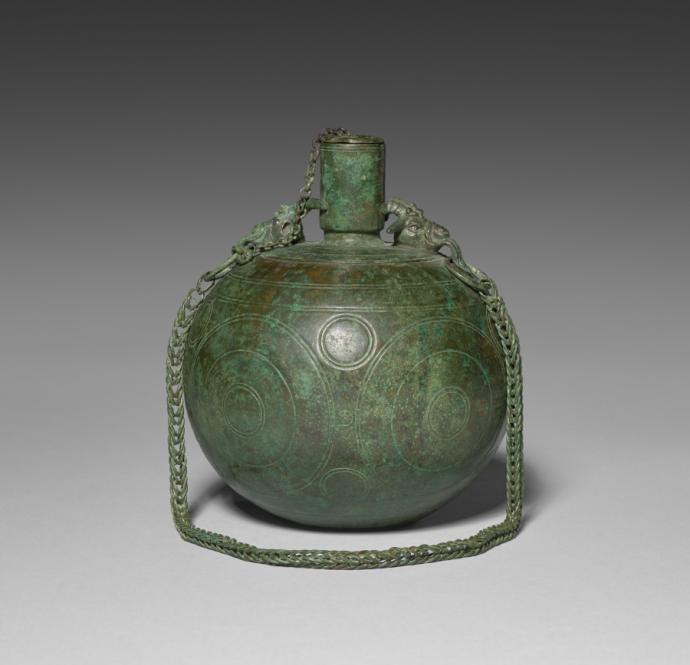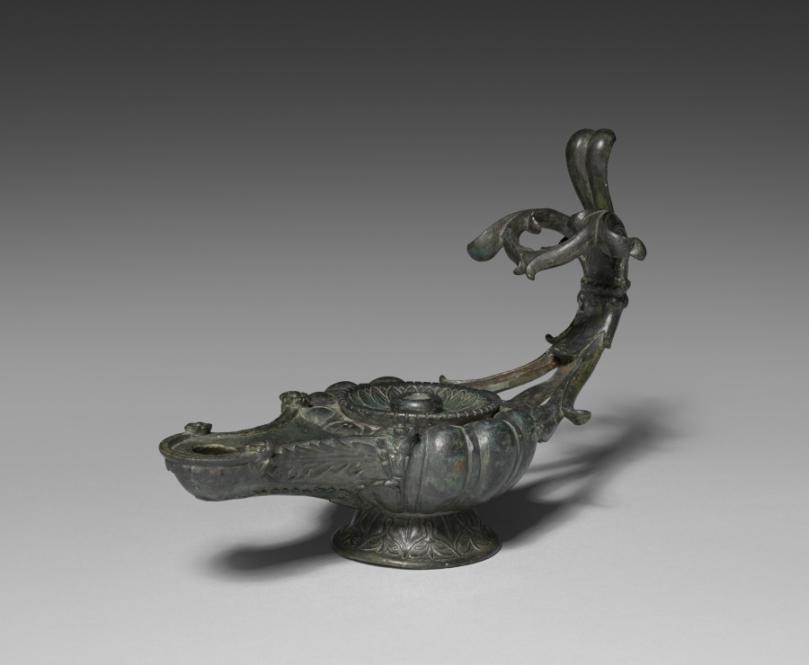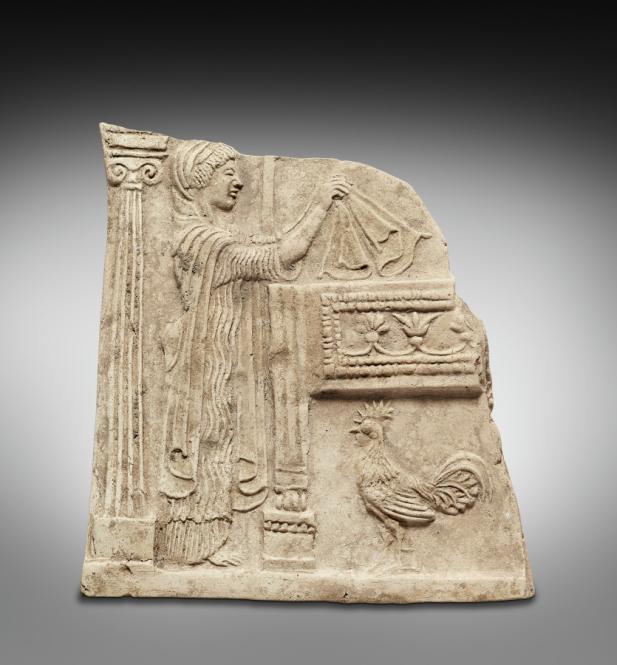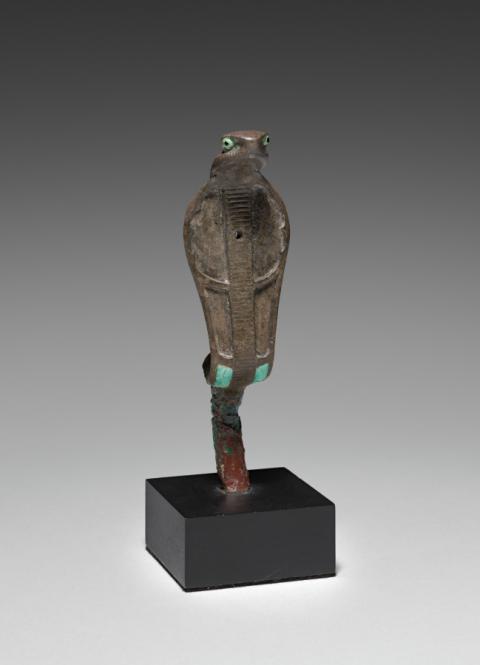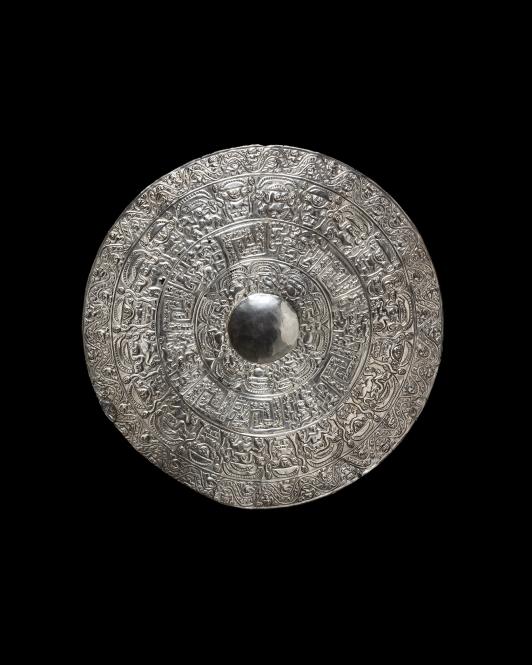2023.98
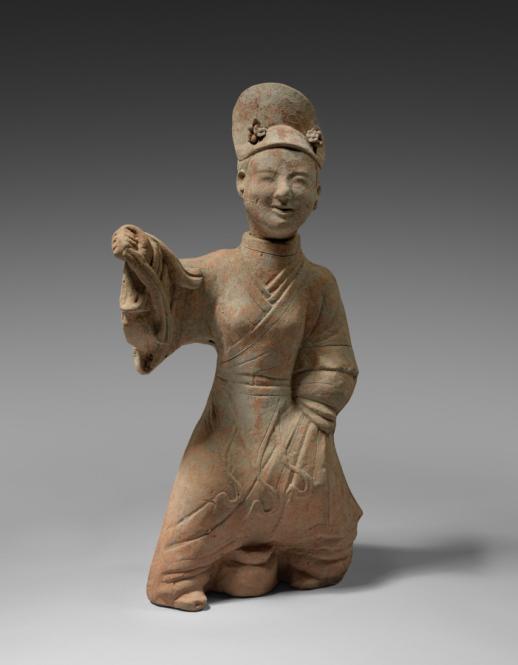
Object Title
Female Figure of a Court Entertainer Dancing
Measurements
H. 60 cm (23 5/8 in.)
Creation Date
100–200 CE
Credit Line
Gift of Barbara S. Robinson and Family
Museum Name
Museum Contact
chineseart@clevelandart.org
Culture
Country of Origin
Object Type
Materials / Techniques
Object URL
https://www.clevelandart.org/art/2023.98
Museum's Definition of Antiquity
Created before 220 CE (end of the Han Dynasty)
Provenance Information
J.J. Lally & Co., New York, NY (1999); Mrs. Barbara S. Robinson, Cleveland, OH (2004-2023); gifted to the Cleveland Museum of Art (2023)
Exhibition Information
None
Publication Information
None
Section of the AAMD Guidelines relied upon for the exception to 1970
Gift or bequest expected or on loan prior to 2008
Explain why the object fits the exception set forth above
The object qualifies for this exception as it is a gift or bequest to the museum stated prior to 2008. This is confirmed by a letter from the attorney of Barbara S. Robinson (now in museum files) attesting to Mrs. Robinson’s intent, memorialized in estate planning documents by 2007, to donate her collection of antiquities to the Cleveland Museum of Art following her death. This figure is a typical representation of Han dynasty funeral tomb figures that reflect the customs of elite culture in the region of today’s Sichuan province.
